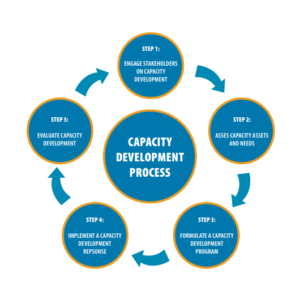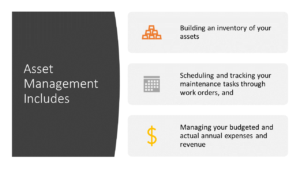
Capacity Development is a process for water systems to acquire and maintain adequate technical, managerial and financial (TMF) capacity. TMF capacity enables water systems to have the capability to consistently provide safe drinking water to the public.Capacity development is a fundamental component of the 1996 Safe Drinking Water Act (SDWA) Amendments. The SDWA Amendments provide a framework for states and water systems to work together to protect public health.
- Every state has developed a Capacity Development Program to assist public water systems in building TMF capacity.
- Any water system can implement capacity development activities to increase their TMF capacity. Small systems can especially benefit from capacity development. EPA is committed to helping small water systems provide safe drinking water through publications, training, and technical and financial assistance.
- Local officials and consumers play an important role in helping small water systems meet regulatory requirements and protect public health. Besides protecting public health, communities that support their water systems are making long-term investments in sustainable communities and economic well-being.

Asset Management is a part of capacity development for water and wastewater utilities to make sure that planned maintenance can be conducted and capital assets (pumps, motors, pipes, etc.) can be repaired, replaced, or upgraded on time and that there is enough money to pay for it.
- Asset management is the practice of managing infrastructure capital assets to minimize the total cost of owning and operating them, while delivering the service level customers desire.
- This management framework has been widely adopted by the water sector as a means to pursue and achieve sustainable infrastructure.

